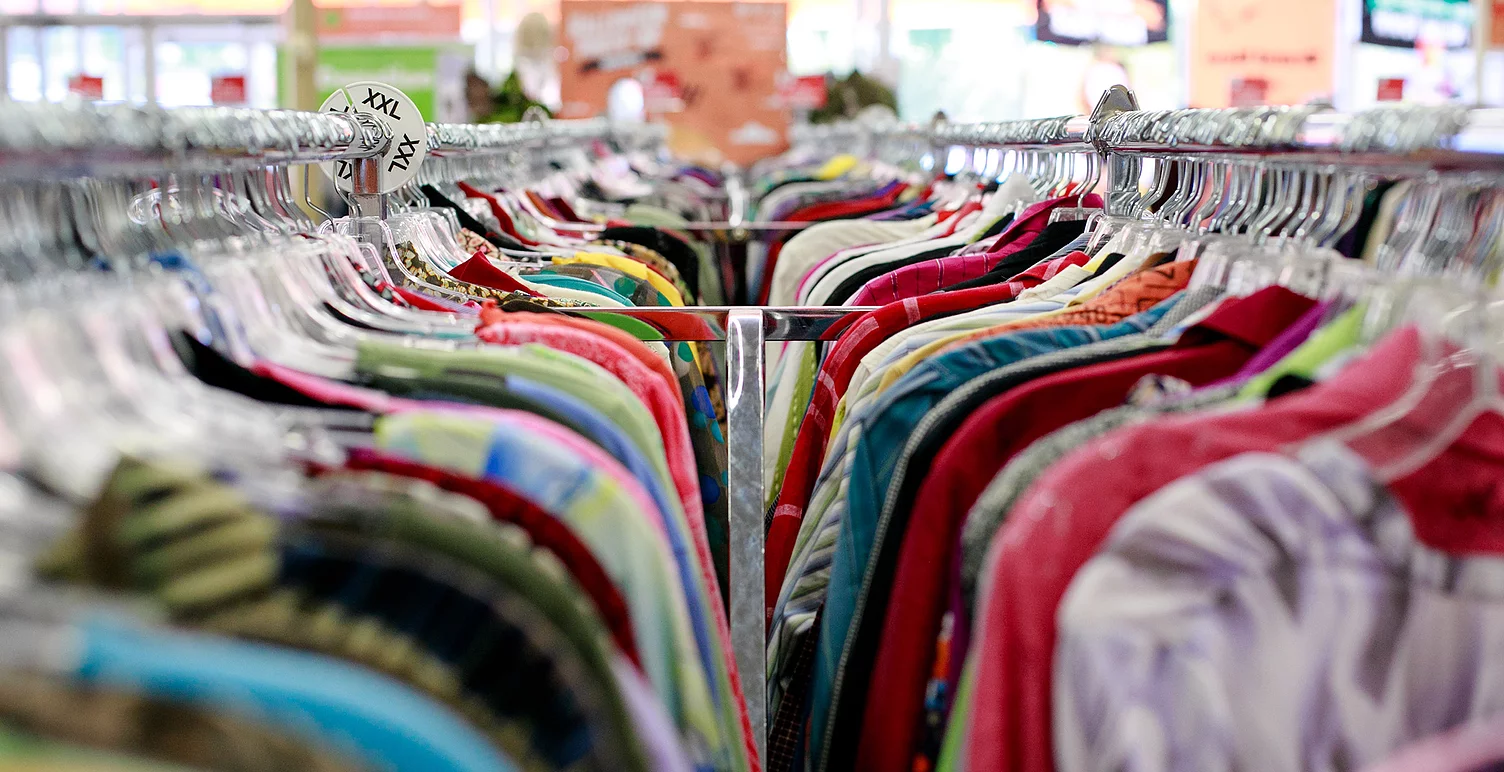The Clothing Compromise: How to Look Great While Caring for the Planet

The climate is a hot debate nowadays. What should be changed, or what can be improved, is constantly a point of discussion. Because of this, various companies have started initiatives were products are made more climate conscious. And while in the beginning it was mostly smaller companies that put the emphasis on going green, bigger companies have joined the cause. Companies such as H&M offer a “Conscious” collection that promises a more sustainable perspective on fashion. Of course, the conscious line is heavily influenced by the fact that the public has a greater need for a more sustainable lifestyle: it is no longer limited to small groups of people. The larger public is aware of climate change, whether they believe in it or not. Production of clothing, especially with the production of cotton, is a draining industry. The production of cotton costs immense amounts of water, and is thus very impactful on the area its grown in. Other materials like polyester are basically plastics, and thus also impactful on the environment. Therefore, looking for alternatives or more sustainable options offers a solution to these problems.
“Conscious”
However, considering that the conscious line of H&M is still part of the brand H&M as a whole, the conscious line should be put into perspective. The largest part of H&M is still busy trying to sell the cheapest most fashionable clothes at the fastest rate, and the conscious line is significantly smaller. Thus, even though mainstream brands are following the demands that are made by the public, a critical perspective is still important. This does make one wonder what other options are available in making fashion more sustainable. The trend that something is in, and the next season it is out, and thus you simply no longer wear the items, was prominent for a long time. However, in the past decade vintage clothes have become a trend as well. The word vintage is sometimes used as fancy word for second-hand clothing. The popularity of second-hand clothing also means that textiles used for clothing have a longer lifespan, and that makes it more sustainable than just throwing old clothes away.
A Kilo of clothes
In Groningen for instance, the Vino Kilo sale took place in the A-Kerk. This was a one-time event which provided wine and racks full of second-hand clothes. It is a pop-up event where you can by vintage clothing per kilo. People scavenge the racks, and in the end, they weigh the clothes and pay the price. In this way, clothing has a new purpose and is re-used. By using material that has already been produced and can be recycled in this way, there is no need to create new material. The popularity of vintage itself also contributes to the wearability of second-hand clothes.
Or no new clothes at all?
Another interesting and widespread trend is the “no-buy” movement, where people are challenging themselves to not buy clothes for a whole year. Not only does this save a lot of money, it also limits the amount of environmental impact you have with buying clothes. However, this is a more extreme measure. Furthermore, there is a social pressure to look good and present yourself in an acceptable manner. Clothes are a huge part of how people choose to represent themselves. Shopping is a favorite when it comes on how people like to spend time. So this initiative might be a little difficult for most people to join.
Consider it
In Groningen itself there are more permanent options to shop for vintage clothing and most of the time, these initiatives are separate from large companies. Shops like Stardust in the city center offer a fresh take on vintage. Naturally the efforts from bigger companies are valid and there is a change. Yet, why produce new material that is conscious when there is a load of second-hand clothing at hand? There is no need to even produce new materials when you use what is at hand first. Of course, it will not always be as fashionable, but I sure do enjoy walking around in my vintage 80s neon ski sweater that I bought. A year without buying clothes at all would be too difficult for me personally, but it makes one think how often one buys clothes. The clothing industry is large and influential, efforts towards more sustainability are needed. But making a small part of your company sustainable is not making a vast difference.
